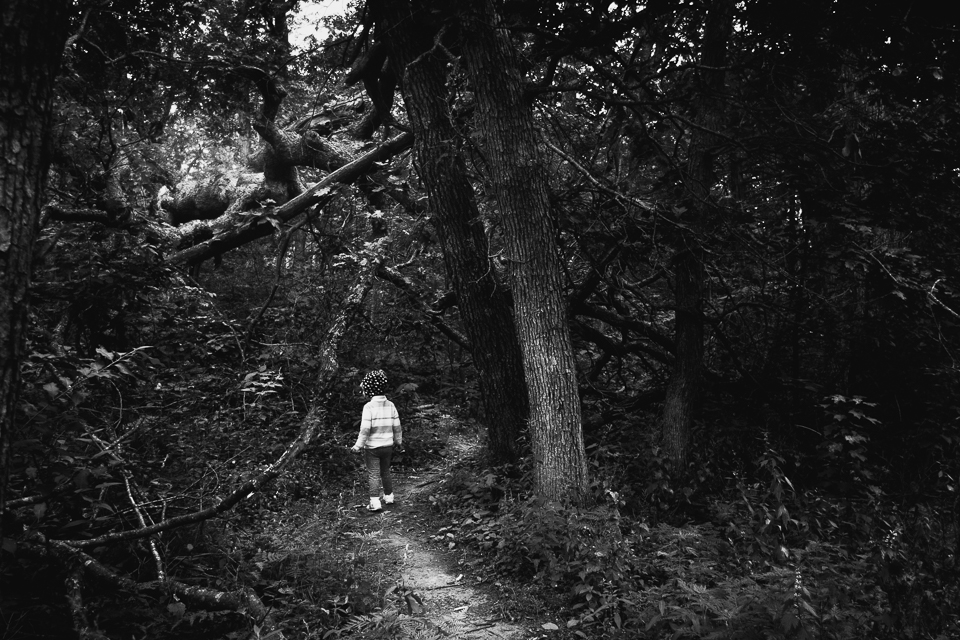I’m excited to be starting a new feature on my blog: Tutorial Tuesday. Every other Tuesday I’ll be presenting a tutorial for photographers, and my clients will also get a behind-the-scenes peek at what it’s like to be a professional photographer.
This week I’m talking about the journey to becoming recognized in our photography industry, and specifically, the goal of receiving a “PRO” distinction from various photography organizations. This PRO badge is the mark of a photographer who has mastered a particular skill set and provided samples of work as proof. This is but one measure of a photographer’s journey – every group has its own mastery qualifications. A C.P.P. is a Certified Professional Photographer, a recognition from the Professional Photographers of America (PPA). A B.FA. is a Bachelor’s Degree of Fine Arts, a graduation degree awarded by a college or university with a Fine Arts program. As you see, the PRO badge is just one way for a photographer to set personal goals, and to work toward achieving them. I’m very proud to say that I have achieved PRO badges from 3 photography organizations: In Beauty and Chaos, Clickin’ Moms, and Focused Photographers.
If you’ve ever aspired to have a Pro badge under your avatar, you have likely gone through the torture of combing over your hundreds, thousands, tens of thousands of images to find the PERFECT ONES for your Pro Application Portfolio. I know I did. I know it was torture because for me – and I can only guess that it’s somewhat the same for you – I am personally invested in every frame. I have a very hard time being objective about my photos. Yes, I am fairly sensitive anyway; but besides that, this is my art. Art is a subjective topic by its very nature. How can images be judged? I asked myself. How can someone quantify the creativity of another person’s work?
Choosing images for a Pro Application is difficult, at best. My first pro application for In Beauty & Chaos was rejected, and I will readily – and shamefully – admit that I did not handle it well. I felt a mixture of disappointment, embarrassment, loss of self-confidence, anger, confusion, and sadness. (melodramatic much? haha) I adjusted a few things, got more feedback from other Pros, and resubmitted (and was accepted! Yay!) But it wasn’t until I was asked to review someone else’s Pro Application Portfolio that it really occurred to me what my mental block had been when assembling my own Pro Application Portfolio.
I hope my thoughts here might help a few of you who are in the process of assembling a portfolio for Pro application.
1. Review, learn, and commit yourself to the judging guidelines. This was my #1 problem, by far. I knew what the guidelines said but I thought that other aspects of the image were more important and so the flaws would be overlooked. NOT TRUE. If an image has blown highlights on the skin, it’s not a good choice for a Pro application – even if the other aspects of the photos are great, try to find a replacement image that is equally as great, but without the blown skin highlights. Or, if an image isn’t as sharp as it could be, try to find one that’s better, or re-edit the image to see if you can improve the sharpness. Images for a Pro application need to be a great example of what you can do, showing that you’ve mastered certain measurable skills, so if you submit an image showing you haven’t mastered some particular skill then the image should be removed and replaced with a better choice.
2. Understand that not every image is suitable for a Pro application. For example, a super cute photo with tack-sharp eyes and perfect white balance but containing an awkward limb chop or blown skin highlights….. not appropriate for a Pro application. While emotion and moment are certainly important parts of the story you’re trying to tell with your images, they do not supersede the importance of being able to follow the “photography rules”. Further, try to remember that a Pro application doesn’t have to contain examples of every kind of work you can do. As artists, we all experiment with different shooting techniques, editing techniques, compositional techniques, etc. But a Pro application should be examples of skills you’ve MASTERED and could confidently reproduce if you were asked to do so. Your Pro application set probably won’t be the same as the portfolio you’d show clients. I remember when assembling my Pro application set, I felt like I had to cram a little bit of everything in there. Nope, not so. A better idea would be to focus on skills you really shine at, and put examples of that in the set.
3. Try to view your work as objectively as possible. Hah. easier said than done, right? When I heard critique on my images, like, “this photo isn’t very interesting” or “This just isn’t working for me” or “I don’t like this one” it STUNG. I had to slowly get some thicker skin because I realized that people (who I’d ASKED for feedback, by the way) weren’t saying, “your vision isn’t very interesting” or “I don’t like your child” They were commenting on photos of people and places they weren’t emotionally invested in (unlike myself). Sometimes I had to take a day to let the comments sink in. Sometimes I had to step back and ask myself, “If I had the chance to re-shoot this, how would I do it differently?” But I think it’s really important to TRY to be objective when choosing images, because we have to remember that the judges viewing our images don’t know any backstory behind the photos. They don’t know WHY a photo is important or what was going on. They only know what’s inside the borders of the frame.
4. Ask other Pros for specific advice. Don’t be shy to find a pro who will give you specific feedback. “Which of these images are weakest, the ones I should consider replacing?” “Which images are strongest?” Also, if you have a particular weakness, ask specifically about that. “I find that I struggle with White Balance. Can you check my images for that?” etc. Listen to the pros because they have already been through this process and have chosen an application set that was accepted, so it’s likely they know what the judges are looking for, and what the judges won’t like.
5. Review other people’s portfolios, read others’ reviews of their work and see if you understand it and can apply it to your own work. Looking at, and critiquing, other people’s work helped me understand where the judges were coming from. They only see a finite number of images from each applicant; they can’t assume anything about your work except what you show them. It’s the same when you view someone else’s work. You only see what they’re showing you. Once you’ve looked at their work, read the comments made by others and see if you can recognize it. Putting the words together with the images helps solidify concepts.
6. Finally, use a simple checklist on each image in your set. Go through the guidelines and look at each image in your set. For every image, simply ask yourself, “Is this a creative use of light? Is there proper white balance? Have I avoided blown highlights or shadows?” etc. Flag any images that you have to answer “no” and if you can edit them to improve them, great! If not, consider replacing it.
I know – TRUST ME I KNOW – how hard it is to put your work out there to be judged. It’s a tough thing to do. It might not be the right decision for everyone. If you do decide to do it, I commend you for your bravery. It’s really scary to be so vulnerable. But going through the Pro Application process builds a lot of character and grows you. It definitely taught me about my own work. Just the simple process of putting together a portfolio has pushed me and helped me improve my work. Plus, coming out on the other side has opened up a world of opportunities for me that I’m really excited about.
I hope to see more of you with a PRO badge very soon!







